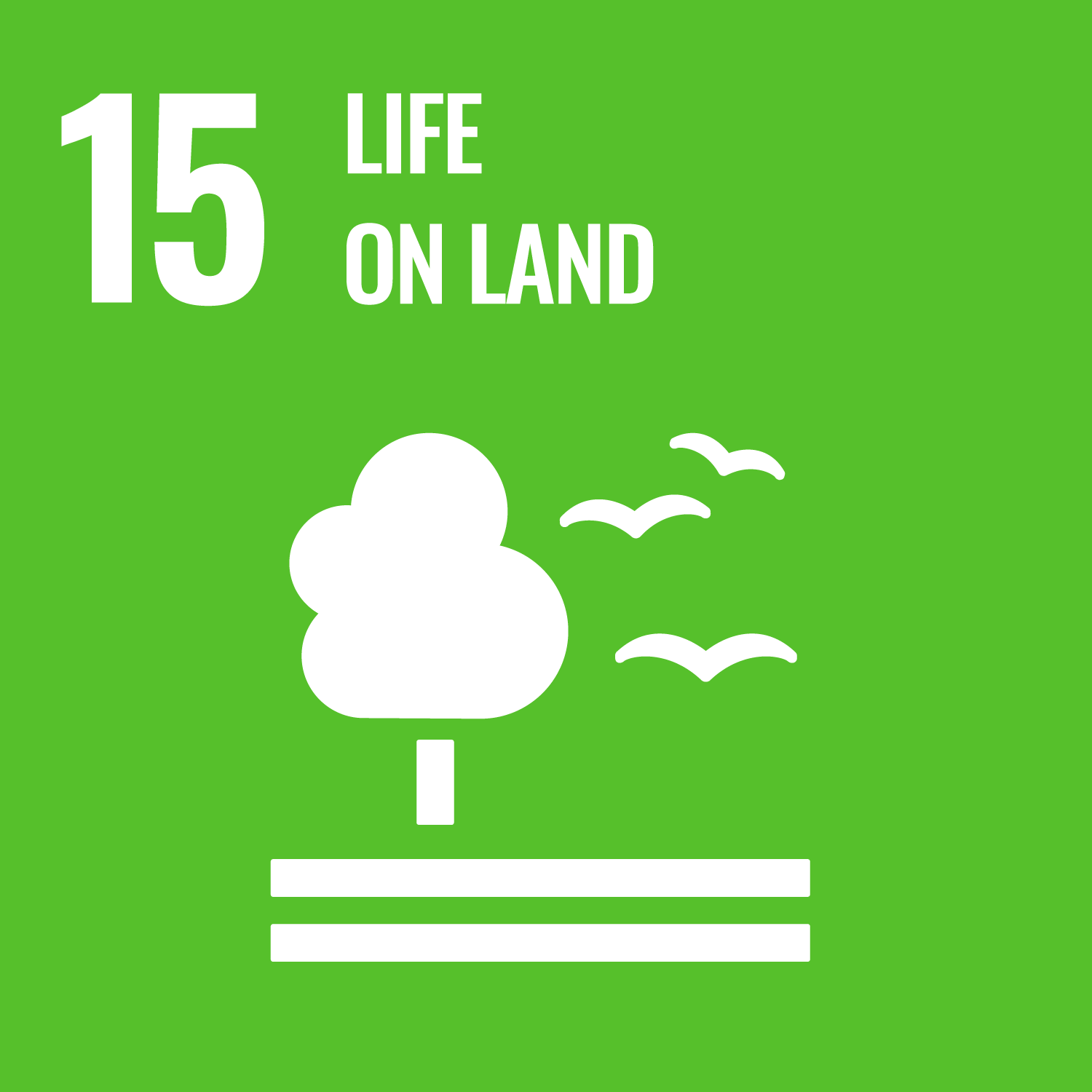Manzeke-Kangara, M.G., Ligowe, I.S., Tibu, A. et al. (3 more authors) (2025) Soil organic carbon and related properties under conservation agriculture and contrasting conventional fields in Northern Malawi. Frontiers in Soil Science, 4. 1481275. ISSN 2673-8619
Abstract
Conservation agriculture (CA) is widely promoted as an agroecology-based approach for soil conservation. Several studies have focused on effects of CA on crop yields and soil moisture dynamics in sub-Saharan Africa, with limited focus on effects of CA on soil organic carbon (SOC) and associated fractions. We collected representative soil samples from 30 paired farms under CA and conventional tillage in Mzimba district, north of Malawi to determine effects of tillage and soil depth on soil physico-chemical properties, total SOC, and organic carbon fractions. Undisturbed soil cores were collected for bulk density measurements. Different SOC pools were determined using the soil fractionation method, while soil physico-chemical analyses were conducted using standard laboratory methods on disturbed soil samples. Soil organic carbon content ranged from 0.4-1.8% in CA plots. This was significantly larger than SOC contents of 0.4-1.5% measured under conventional tilled plots. Tillage type and soil depth had significant interaction effects on SOC. For example, larger contents of SOC were measured at depths of 0-10 cm compared to 10-30 cm under CA plots. Soil depth had significant effects on most soil properties compared to tillage. Examples include Heavy Particulate Organic Matter-Carbon (POM-C) fraction, Mineral Associated Organic Matter-Carbon (MAOM-C), nitrogen in MAOM fraction and nitrogen in the Light POM fractions. These were larger in the 0-10 cm soil depth than in the 10-30 cm soil depth. In contrast, tillage type only had significant effects on the Heavy POM-C and MAOM-C fractions, which were larger under CA than conventional tilled plots. Conservation agriculture showed capacity to improve total SOC and its associated fractions, a finding relevant towards understanding effects of land management on carbon storage. However, challenges of competing residue use as feed, mulch, and fuel continue to impede mulching under CA systems. Longer term studies and use of alternative mulching options could be employed to recognise noticeable changes in other SOC beneficial pools in fields under CA.
Metadata
| Item Type: | Article |
|---|---|
| Authors/Creators: |
|
| Copyright, Publisher and Additional Information: | © 2025 Manzeke-Kangara, Ligowe, Tibu, Gondwe, Greathead and Galdos. This is an open access article under the terms of the Creative Commons Attribution License (CC-BY 4.0), which permits unrestricted use, distribution and reproduction in any medium, provided the original work is properly cited. |
| Keywords: | bulk density, climate change mitigation, climate-smart agriculture, Heavy Particulate Organic Matter-Carbon, Light Particulate Organic Matter-Carbon, Mineral Associated Organic Matter-Carbon, soil fractionation |
| Dates: |
|
| Institution: | The University of Leeds |
| Academic Units: | The University of Leeds > Faculty of Biological Sciences (Leeds) > School of Biology (Leeds) |
| Funding Information: | Funder Grant number BBSRC (Biotechnology & Biological Sciences Research Council) BB/P027784/1 |
| Depositing User: | Symplectic Publications |
| Date Deposited: | 19 May 2025 13:11 |
| Last Modified: | 19 May 2025 13:11 |
| Status: | Published |
| Publisher: | Frontiers |
| Identification Number: | 10.3389/fsoil.2024.1481275 |
| Sustainable Development Goals: | |
| Open Archives Initiative ID (OAI ID): | oai:eprints.whiterose.ac.uk:226738 |



 CORE (COnnecting REpositories)
CORE (COnnecting REpositories) CORE (COnnecting REpositories)
CORE (COnnecting REpositories)